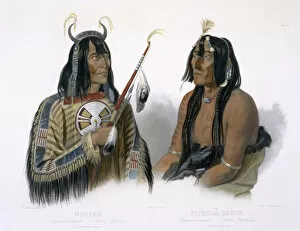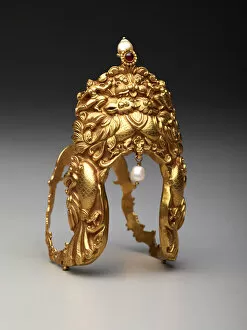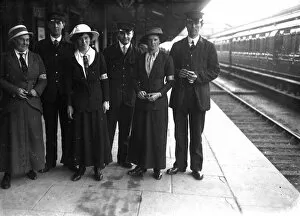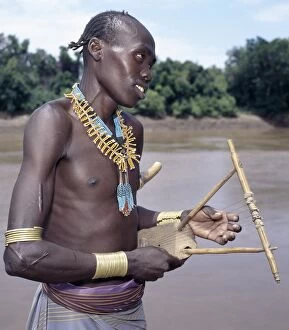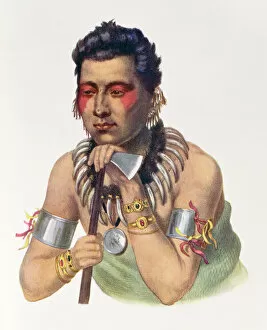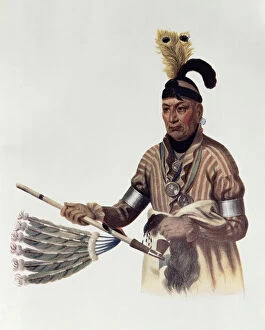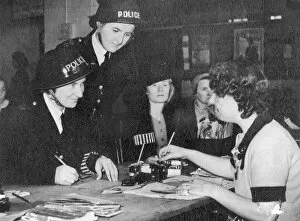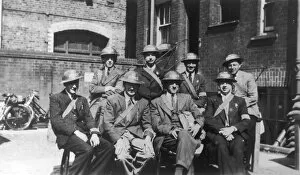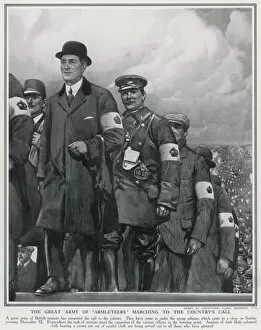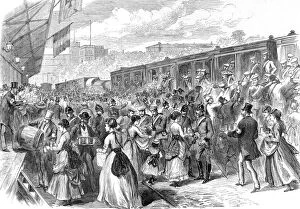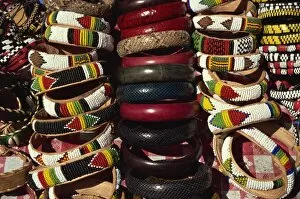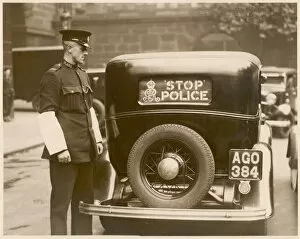Arm Bands Collection
"Embracing Tradition and Beauty: Arm Bands Across Cultures" From Noapeh, an Assiniboin Indian, to Psihdja-Sahpa, a Yanktonan Indian
For sale as Licensed Images
Choose your image, Select your licence and Download the media
"Embracing Tradition and Beauty: Arm Bands Across Cultures" From Noapeh, an Assiniboin Indian, to Psihdja-Sahpa, a Yanktonan Indian, they have long held significance in various cultures. These ornate accessories transcend time and continents, symbolizing power, status, and cultural identity. In Truro railway station during the tumultuous years of 1914-1918, a glimmering arm band adorned with gold, pearls, and ruby caught the eye of passersby. Its wearer exuded elegance amidst chaos—a testament to resilience in times of war. Traveling eastward to Kenya's Rift Valley Province lies Tum—a place where arm bands tell tales of heritage. A Galla girl from Kenya's Coast Province dons her finest attire embellished with an exquisite arm band that reflects her rich cultural heritage. Further north in Kenya resides a Nyag atom girl whose body bears unique scarification patterns. Her arm band complements these markings—each stroke representing stories passed down through generations. In Dassanech territory along the Omo River basin stands a Nyangatom woman grinding sorghum with two stones. Her simple yet striking arm band serves as a reminder of unity within her community—a bond strengthened by shared traditions. Venturing into Karo lands reveals a man with braided hair skillfully playing a traditional stringed instrument. His intricately designed arm band resonates harmoniously with his music—an artistic expression intertwined with his identity. Turning back time to 1837 brings us face-to-face with Young Ma-Has-Ka—the esteemed Chief of the Iowas tribe. Adorned in regal attire complete with an elaborate arm band encrusted in precious gems; he personifies leadership and honor among his people. Naw-Kaw or Wood emerges from history books as another notable figure—an illustrious Winnebago Chief whose arm band signifies his authority and wisdom.

